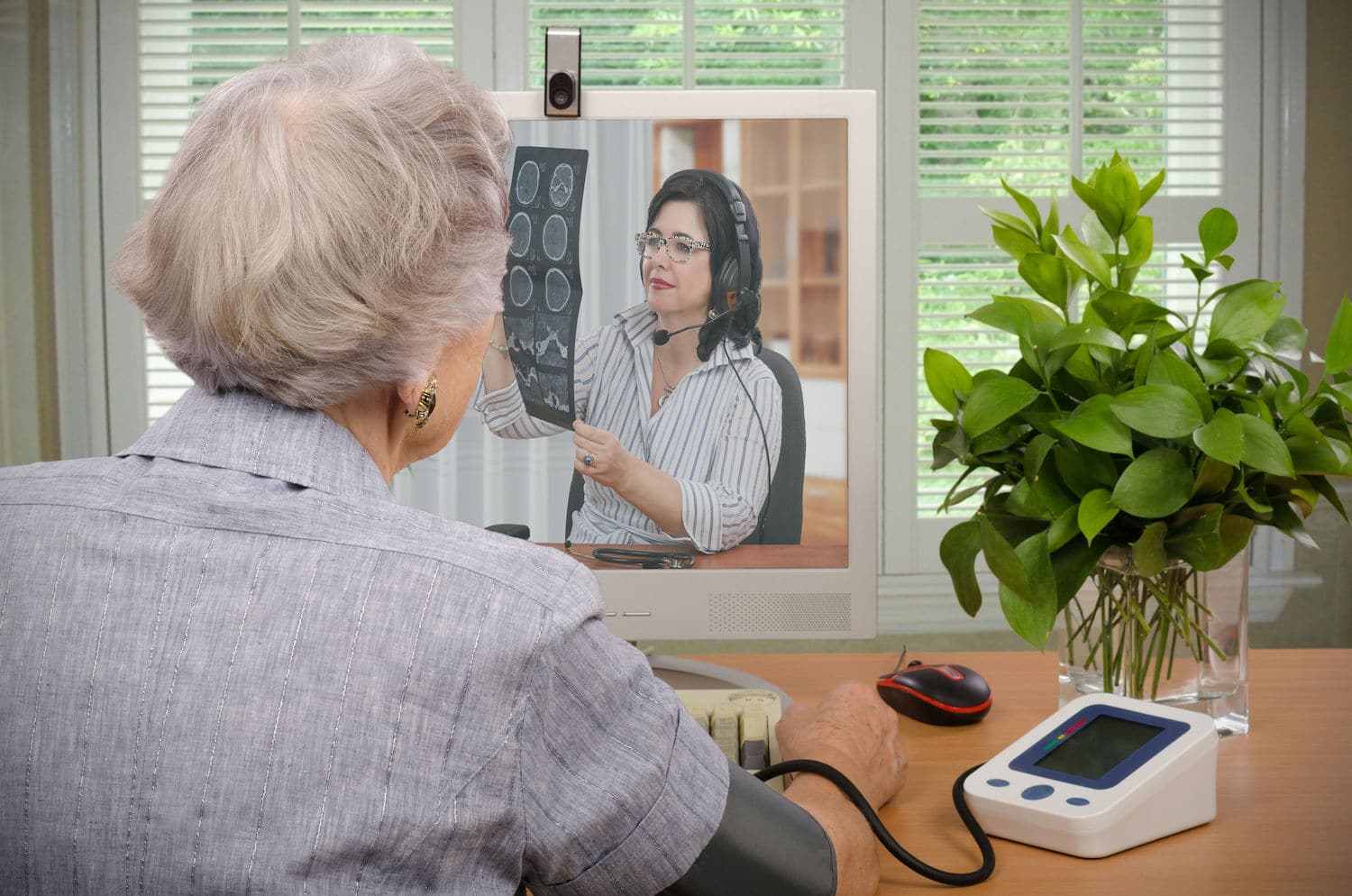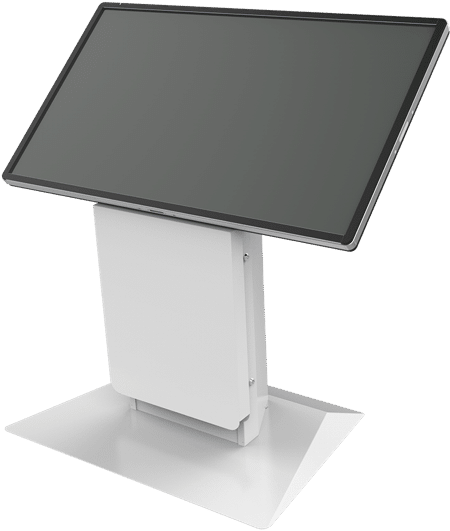Telemedicine allows health care professionals to evaluate, diagnose and treat patients at a distance using technology. While the concept has been through a massive evolution in the last decade, it is becoming an increasingly more important piece of the healthcare infrastructure.
With the arrival of the COVID-19 pandemic, remote medical consultation seems to make even more sense today.
Telemedicine, in its early stages in the 1950s, was used mostly to connect doctors working with a patient in one location with specialists in another location. And while this was of great benefit to rural and hard to reach populations where specialists weren’t readily available, it was challenging because of cost and complexity.
But with the rise of the internet which brought profound changes to many industries including healthcare, the proliferation of smart devices, capable of high-quality video, the possibility of delivering cost-effective remote healthcare to patients is now a reality. And with the current COVID-19 pandemic, telehealth technology is getting a lot of attention.
Telemedicine vs. Telehealth
While the terms telemedicine and telehealth are frequently used interchangeably, it is important to provide some distinction between the two.
Telehealth refers to a broader scope of remote healthcare services which includes non-clinical services, reminders, education, monitoring and training, administrative meetings and continuing medical education.
Telemedicine involves the use of electronic communications and software to provide clinical services to patients without an in-person visit. While telemedicine technology is frequently used for follow-up visits, management of chronic conditions, medication management, specialist consultations, one of the greatest benefits it offers today is the reduction of exposure to potentially contagious patients.
How Telemedicine is Being Used During the COVID-19 Pandemic
As the COVID-19 virus wreaks havoc on our healthcare systems, telemedicine is getting a closer look at how it can help providers and caregivers better respond to the needs of those who’ve contracted the virus and anyone who needs to consult with their providers on the status of their health.
As this health crisis escalates, telemedicine is quickly gaining recognition as a critical tool that could be used to slow the spread of COVID-19. Telehealth technologies can play four primary roles.
Check-in Kiosks
Self-service check-in Kiosks have become relatively common in clinics and hospitals to increase patient privacy and speed up check-in procedures. These self-service kiosks can also help to limit person-to-person interaction, in turn, reducing the risk of transmission of disease or virus between staff and patients. Because most person-to-person interactions occur within close proximity, and often entail talking, the passing back and forth of credit cards, or some other form of payment, and a receipt, it escalates the chances of exposure. The preference is for patients or guests to interact with a Kiosk rather than with staff at the reception desk.
Remote Screening
Telehealth technologies can be used to remotely screen patients rather than have them visit a practice or hospital. The technology can be used to triage patients with cold or flu symptoms and for remote care for those not requiring medical intervention or those who could receive care at home. The intent here is to keep potentially infected individuals out of hospitals and clinics to lower the risk of transmission to other patients and healthcare staff.
Provide Routine Care for Chronic Patients
Telehealth technologies can be used to provide routine care of patients with chronic diseases who are at risk if exposed to the virus. For those patients with compromised health, using video visits, physicians can avoid coronavirus exposure which can be very harmful or potentially even fatal.
Extend Usefulness of Quarantined Providers
Healthcare providers and their staff are not immune to infection. In fact, they are at increased risk for contracting COVID-19 because of their continuous exposure to infected patients. With telehealth technologies in place, if they are tested and confirmed, quarantined providers have the option to continue to see patients via remote feeds. In times of crisis, this capability can extend services when they might be needed most.
Benefits of Telemedicine
Telemedicine offers a multitude of benefits, quantitative and qualitative, for both patients and healthcare providers.
Patients enjoy:
- Increased access to healthcare
- Less time away from work/family
- No travel expenses or time
- Increased privacy
- Less risk of transmission to staff and other patients
Healthcare providers experience:
- Improved office efficiency
- Opportunity to compete with retail health clinics and on-line only providers
- Improved patient follow-through and health outcomes
- Reduction in missed appointments and cancellations
- Eliminate risk of transmission from infected patients
- Ability to use quarantined staff during a potential health crisis
How Telemedicine Can Be Used During COVID-19 Pandemic
In the midst of this pandemic, technology for healthcare providers is emerging as an effective and sustainable solution for precaution, prevention and treatment to stem the spread of COVID-19.
Technology can bridge the gap between people, physicians and health systems, enabling healthcare services with symptomatic patients to communicate with healthcare providers helping to reduce the spread of the virus to mass populations as well as medical staff on the frontlines. Hospitals and clinics can adopt various forms of technology to check-in, communicate with, and treat patients.
Telemedicine hasn’t traditionally been used in response to public health crises, but when you face a challenge of the magnitude of a pandemic, we are seeing government, private insurance companies and the CDC calling for healthcare facilities to adopt telemedicine to protect patients and staff while scaling up capabilities at the frontlines.
While there are variations in telemedicine features that hospitals can deploy, it can include anything from video hardware for remote consultations or telemedicine carts or kiosks to conduct exams, it is a service that can be deployed relatively quickly and easily.
Not surprisingly, patients are very receptive to telemedicine and understand its value. A recent survey conducted with US patients, also suggested that 84% are more likely to select a provider that offers telemedicine over one that does not. Healthcare providers and practices that are investing in telemedicine are doing so out of need today to address coronavirus, but this kind of technology is ultimately an investment to provide an enhanced patient experience.
Olea has been providing Kiosks to healthcare providers for more than 15 years and we’re very proud to say we support over 50 groups today. Now, more than ever, we are proud to be working with leaders across the nation on solutions that make a difference in lives beyond speed and ease of service. Today, these healthcare solutions are helping to save lives.


